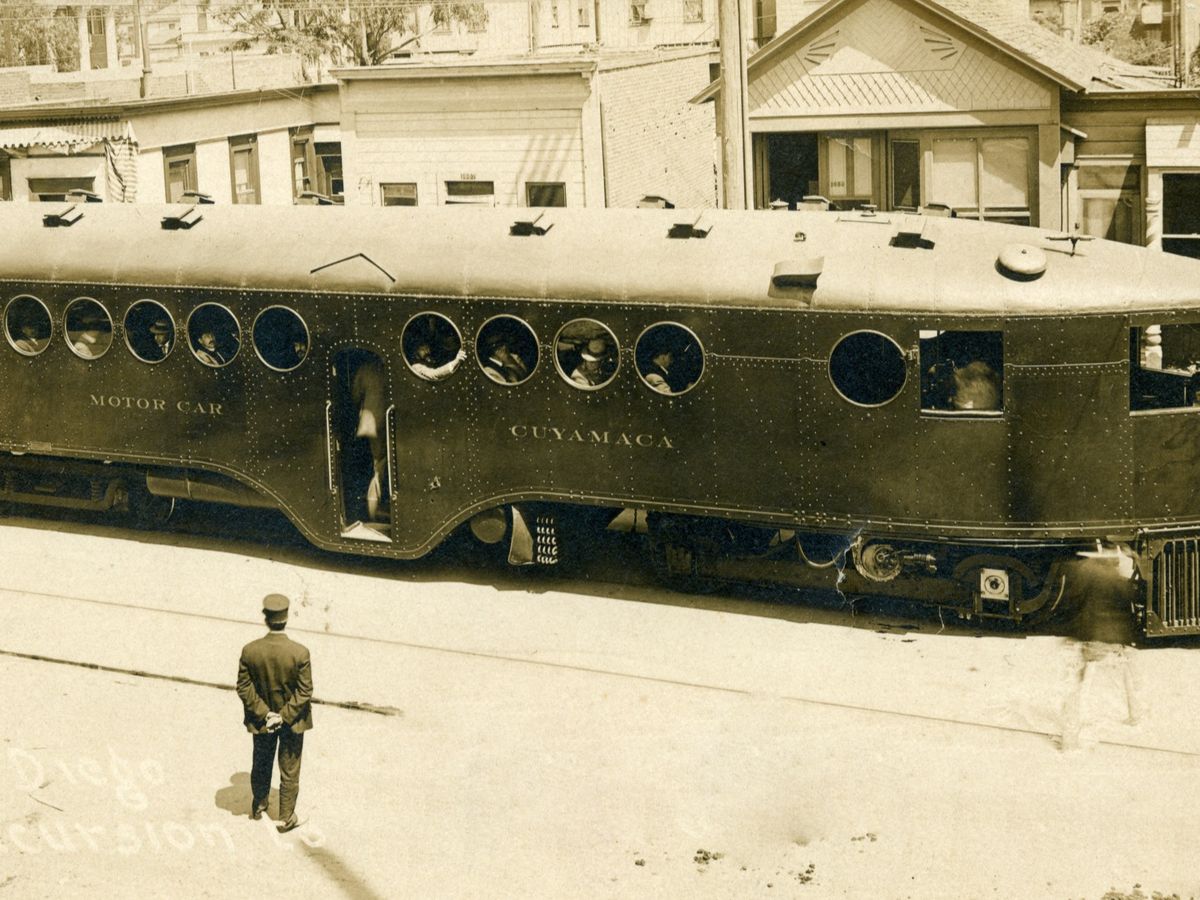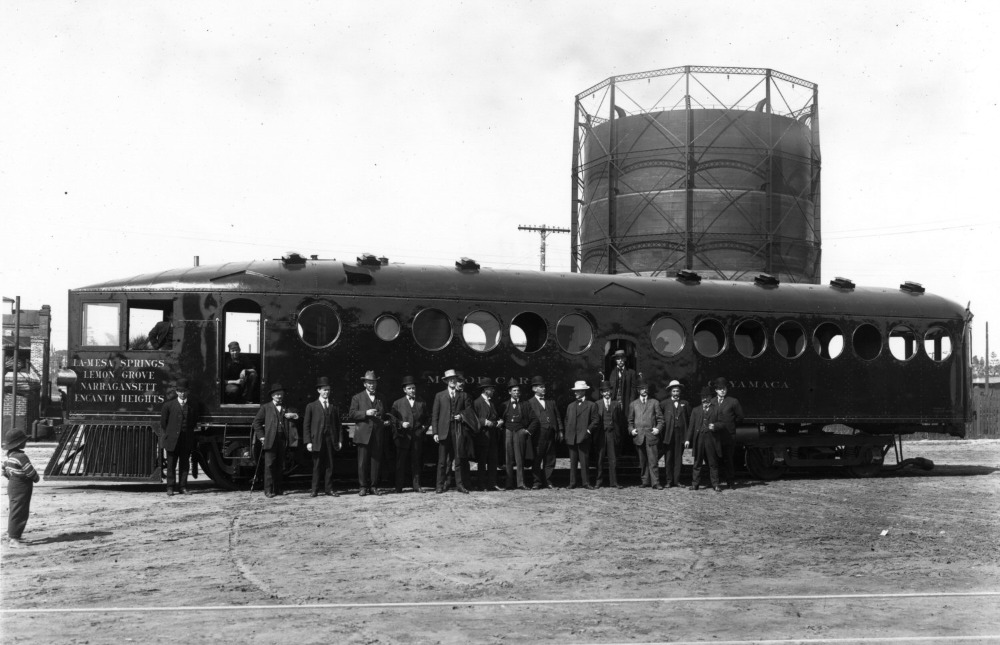
The McKeen Motor Car "Cuyamaca" #1 is one of three sole surviving McKeen Motor Cars in the world. It ran in San Diego on the San Diego, Cuyamaca & Eastern Railway, and is the only known piece of equipment that exists from that railroad. This car is also possibly the oldest existing vehicle in the World to display aerodynamic design, as well as being the third oldest all steel railcar in the U.S. which displays many designs still used today in vehicles and other steel structures.

My name is Madison Kirkman, and I started this project back in 2014, when I was still just 15 years old. I was able to raise the necessary funds to move the "Cuyamaca" from Anchorage, Alaska to Ramona, California. That was Phase 1, which cost about $16, 800, and that money was raised through GoFundMe on our previous campaign which was a legal entity. Now that we are a 501c3 non-profit, we are able to run as a legal group for the sole purpose of restoring and preserving artifacts relating to the McKeen Motor Car Company, and to research the company itself. We have a website, www.McKeenCar.com, where my passion grew into a source of information on everything I could find out on the McKeen Motor Car Company. Although not complete, the website is a good starting point when researching the McKeen Motor Cars.
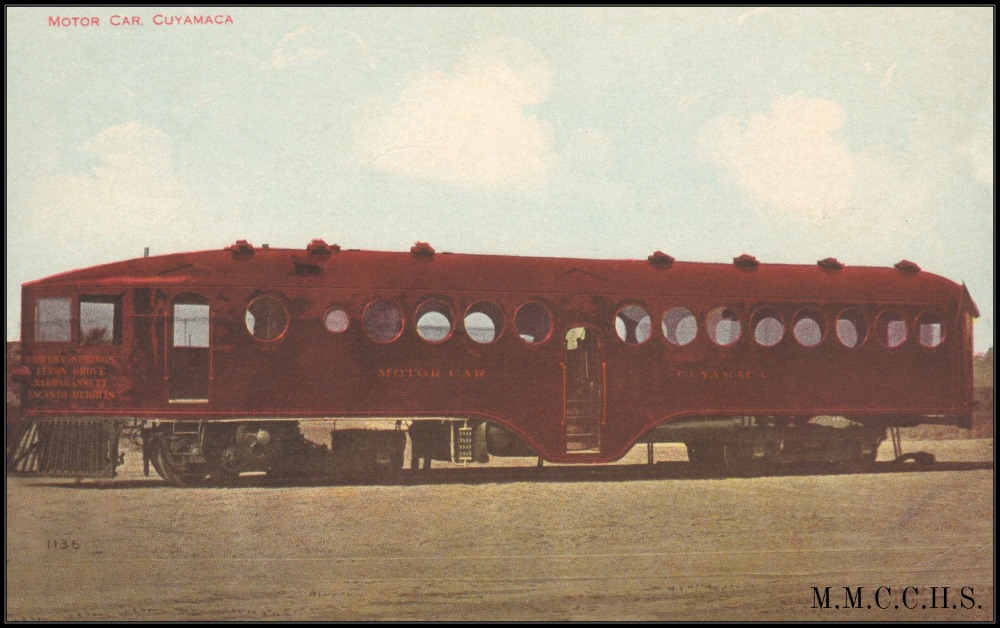
The Cuyamaca was completed in March, 1908, and was shipped to the San Diego, Cuyamaca & Eastern Railway to be used between San Diego and the town of Foster, which is now under lake San Vicente. The car was used for daily traffic into the back-country of San Diego, and was later sold to the Yuma Valley Railroad in 1914. Only a few years later, in 1916, would the town of Foster suffer from the Hatfield Flood, leaving many of the town's residents homeless. The town was soon vacated in the years following. The following photo is of Foster looking North toward the Depot.

In 1914 the car was numbered "YV-1" was used to help transport men into the Gila River Valley, specifically south of the border to help control flooding in the area.

In 1916, the Gila River had another flooding which washed out tracks, this required laborers to use the car to travel to Mexico to clean out the river and rebuild the rails. This may have been when the Railroad cut baggage doors into the side of the smoking passenger section to make tool transport easier.
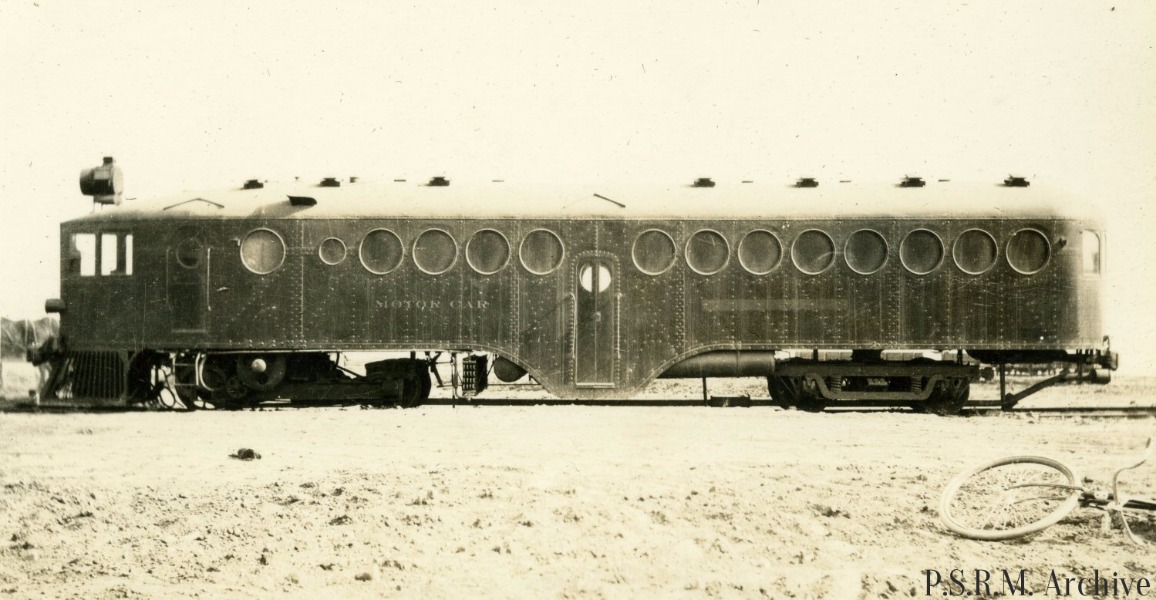
In 1924, The car was no longer used on the Y.V.R.R., in 1925 the car was sold to the newly formed "Alaska Railroad" and in April of 1926, the car was shipped to Alaska. It is stated that the car had a major overhaul the following year and this would be when the original motor and trucks were removed, and replaced with new trucks, and (2) 104HP sub-floor gasoline engines. Both ends of the car were rebuilt to accommodate the need for passengers to travel through the train. The car was now lettered for "The Alaska Railroad #83." The car was rebuilt in 1935 a second time, and was now an unpowered baggage-passenger car, lettered for "Alaska Railroad #108."
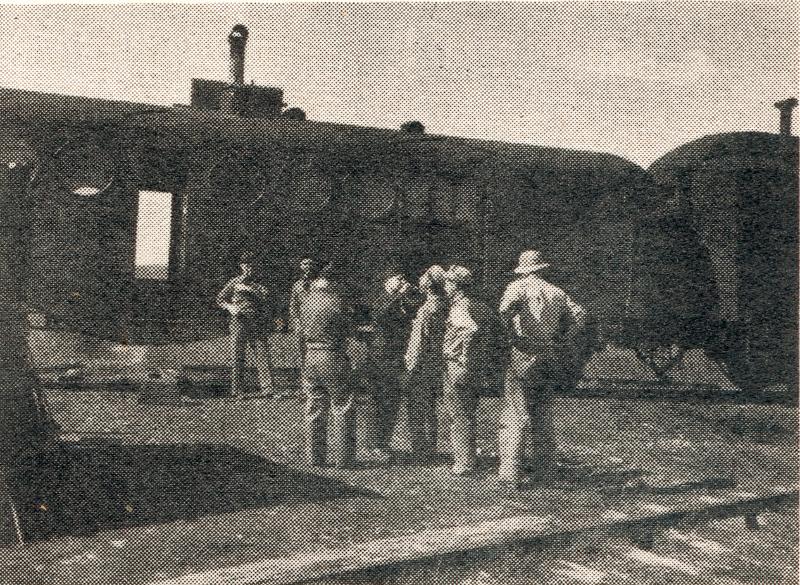
The car would was used for a while between College and Fairbanks, Alaska, and during World War II, the car was used on the 714th Railway Battalion. After WWII, the car sat in the Anchorage Rail Yard for several years.
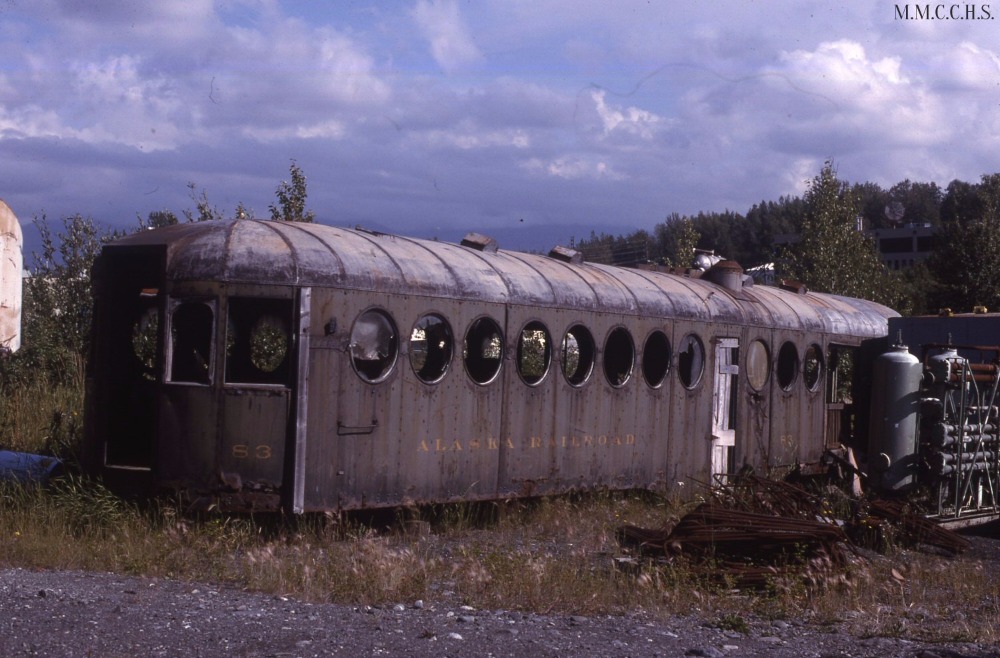
The car changed hands a few times during the past 30 years. Around 2004, it was acquired by the Anchorage Historical Properties Inc.,
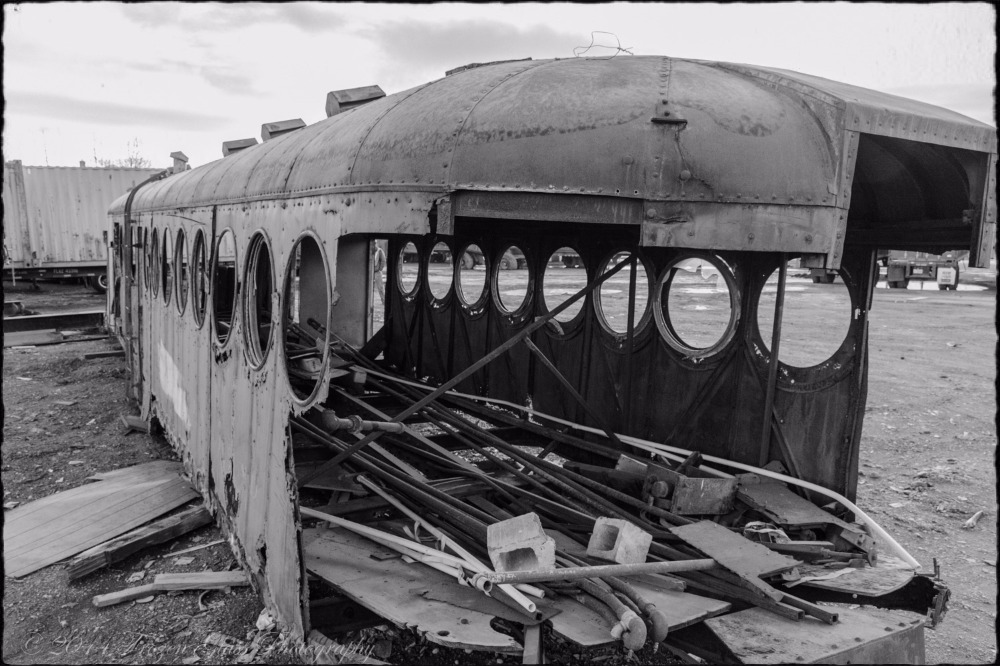
In 2014, I had contacted the Anchorage Historical Properties Non-profit about what information they had on the "Cuyamaca." We had talked for a while and I had noted that I was interested in acquiring the car. That paid off when in September of '14, I was told the car needed a new home as they could not sustain a property for the car. I immediately went to work acquiring donations and working on planning a route and mode of transport for the car. It took just over a year, and reduced the inital quotes of $24,000 to $16,805.27. In acquiring that quote, I was able to quickly raise the final $2500 we needed from a single donor, and I told the trucking company it was a "Go!"
On March 10th, 2016, the transportation of the car from Anchorage, Alaska began, and in 10 days time, the car would arrive in Ramona, California, 2400 miles later. This car would be back in California for the first time in 92 years.
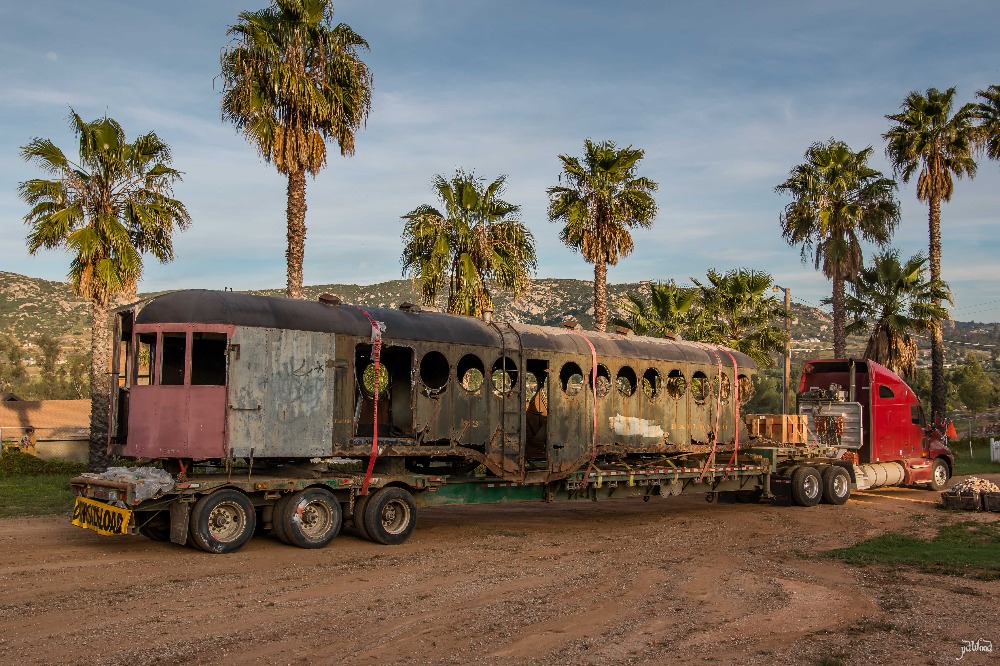
It took 3 hours, 10 men, and an 18,000 LB rated forklift to raise the car off of the trailer, hold it in place 6 feet in the air, pull the trailer out, and lower the car down on to stacked timbers.
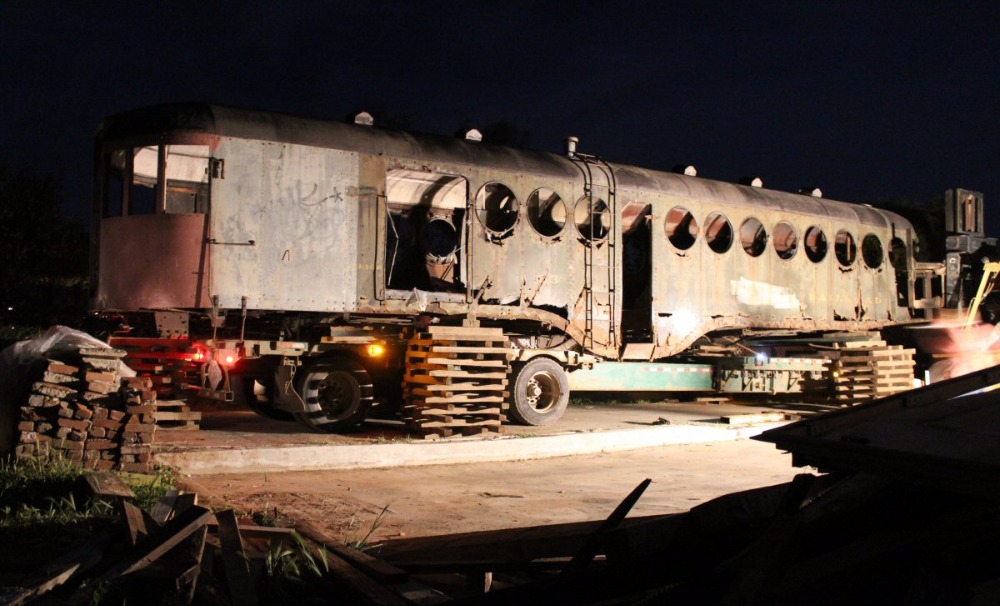
We are now a Non-Profit Corporation, and we will start deconstruction here soon. We are going to need funding to help replace parts of the body that have rusted, to replace the side sill beam that surrounds the car, and to rebuild the nose which was cut off in Alaska. Every donation, no matter how small, will help. If at all possible, share this project with your friends, if the news about this project spreads, it will help us out tremendously.
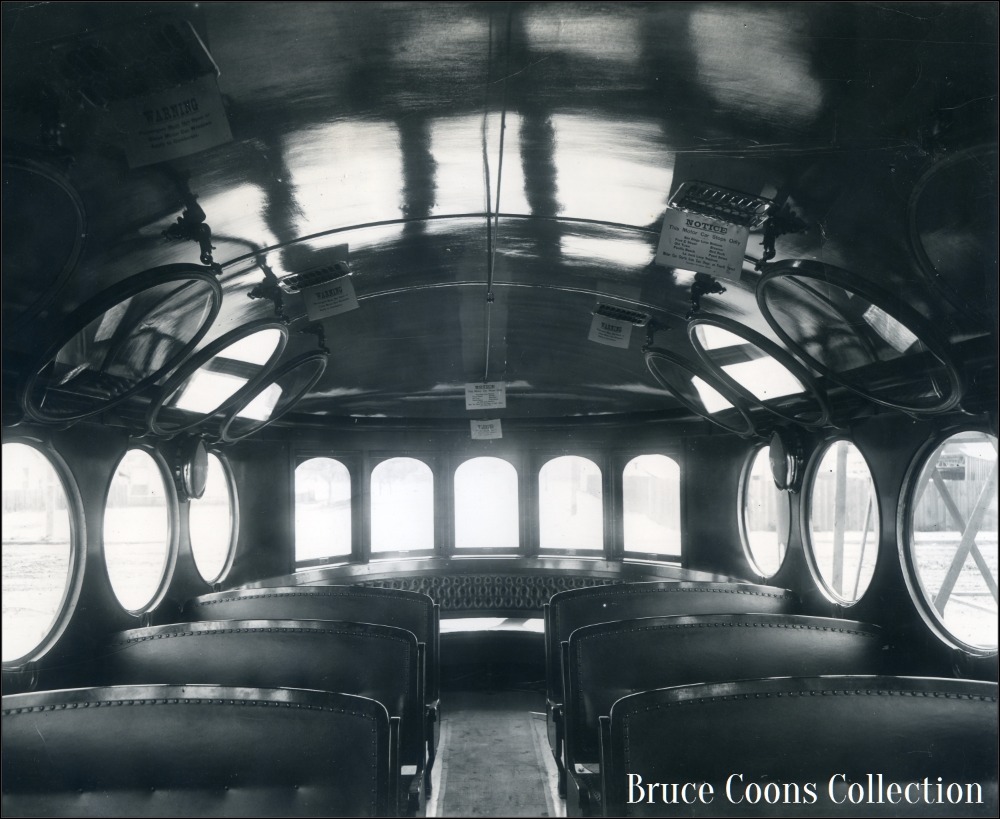
Organizer
Mckeen Motor Car Company Historical Society
Beneficiary
